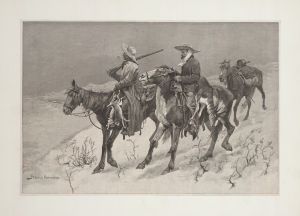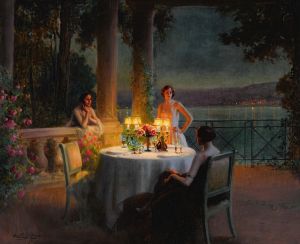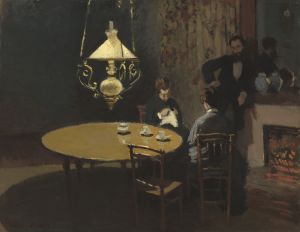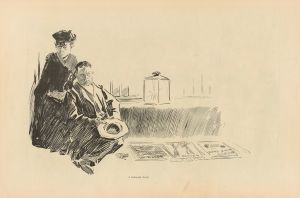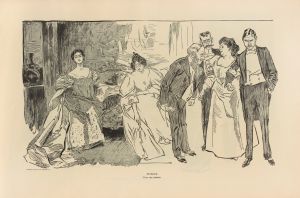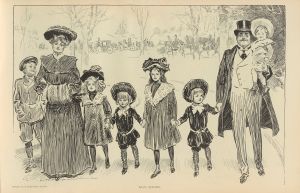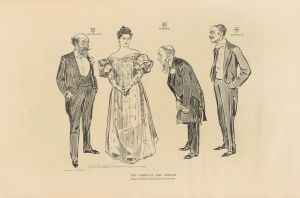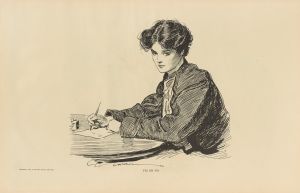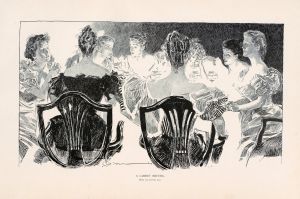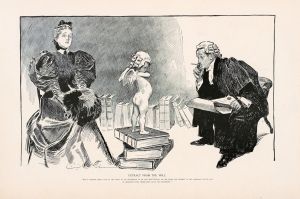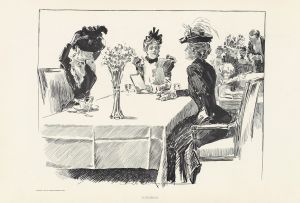
Puzzle – Find the man who is paying for the dinner
A hand-painted replica of Charles Dana Gibson’s masterpiece Puzzle – Find the man who is paying for the dinner, meticulously crafted by professional artists to capture the true essence of the original. Each piece is created with museum-quality canvas and rare mineral pigments, carefully painted by experienced artists with delicate brushstrokes and rich, layered colors to perfectly recreate the texture of the original artwork. Unlike machine-printed reproductions, this hand-painted version brings the painting to life, infused with the artist’s emotions and skill in every stroke. Whether for personal collection or home decoration, it instantly elevates the artistic atmosphere of any space.
Charles Dana Gibson was an influential American illustrator best known for his creation of the "Gibson Girl," an iconic representation of the American woman at the turn of the 20th century. His work was widely published in magazines such as Life, Harper's Weekly, and Scribner's, and he became one of the most celebrated illustrators of his time. Among his many works, "Puzzle – Find the man who is paying for the dinner" is a notable piece that showcases his distinctive style and social commentary.
"Puzzle – Find the man who is paying for the dinner" is a black-and-white illustration that was published in the early 20th century. The artwork depicts a lively dinner scene with a group of elegantly dressed men and women seated around a table. The challenge presented by the illustration is for the viewer to identify which man in the scene is paying for the dinner, a task complicated by the intricate details and expressions captured by Gibson's pen.
The illustration is a fine example of Gibson's ability to capture the nuances of social interactions and the subtleties of human expression. His work often contained elements of humor and satire, reflecting the social dynamics and gender roles of the time. In this particular piece, the viewer is invited to scrutinize the body language and facial expressions of the characters to deduce the answer to the puzzle, a testament to Gibson's skill in rendering complex social scenes.
Gibson's illustrations were more than just art; they were a commentary on the society of his day. The "Gibson Girl" became a cultural icon, representing the idealized American woman—independent, confident, and fashionable. Similarly, "Puzzle – Find the man who is paying for the dinner" can be seen as a reflection of the social customs and expectations of the era, particularly in relation to gender roles and social etiquette.
The popularity of Gibson's work during his lifetime was immense, and his illustrations were widely circulated, influencing fashion and popular culture. His ability to capture the spirit of the age with wit and elegance made his work resonate with a broad audience. Today, his illustrations are appreciated not only for their artistic merit but also for their historical significance, offering insights into the cultural and social landscape of early 20th-century America.
"Puzzle – Find the man who is paying for the dinner" remains a fascinating piece for both art enthusiasts and those interested in the social history of the period. It exemplifies Gibson's talent for combining artistic skill with keen social observation, making his work enduringly relevant and engaging.





